Sen. Rand Paul's 13-hour filibuster on the Senate floor last night helped to demonstrate the significance of the political hashtag.
For close to 24 hours now, Paul's name has been associated with several different hashtags trending across the United States.
The most popular tag, #StandWithRand, has been echoed on dozens of graphics spread across all forms of social media -- and was even reported to be trending globally at one point.
His purpose, to filibuster against President Obama's CIA nominee John Brennan, became known by people who never would have had a clue otherwise.
While the entire filibuster process was featured on C-SPAN2, most people aren't going to tune in there. Some major media networks, such as MSNBC, weren't even linking the event on their websites.
Thanks to trending hashtags on Twitter, #RandPaul, #StandWithRand, #filiblizzard and other terms delivered a message that potentially wouldn't have been seen by more than 140 million active Twitter users.
Some learned about why Paul was standing against the nomination of Brennan. Others learned what a filibuster is and why it is important in government. Even those who disagreed with Paul's rhetoric were able to respect his right to speak for the Senate minority against an increasingly power-hungry executive branch.
Even hardcore liberals from Code Pink to Van Jones were tweeting respect for Paul's conviction to speak for hours and hours on end.
Hashtags corralled a legitimate, constructive conversation by multiple thousands into one space. The only way it could be accomplished was with hashtags. It was a victory for social media in an era when bringing partisan sides together in such a way is no small feat.
#StandWithRand is a simple, powerful phrase the captures the emotion and significance of one heck of a long, important night.
A recent article in Politico asked whether political hashtags were just a #wasteoftime. Last night is just one example of why they most certainly are not.